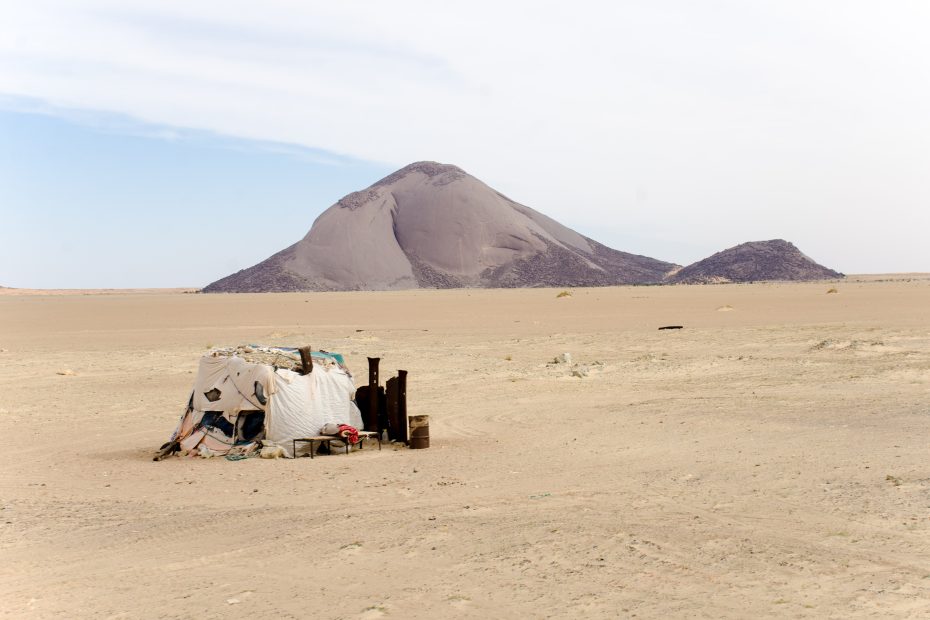Table of Contents
Introduction to Mauritania’s Nomadic Heritage
Mauritania, located in Northwest Africa, is home to a vibrant nomadic heritage that has endured for centuries. Approximately 40% of Mauritanians still lead nomadic lifestyles, migrating with their livestock across the vast Sahara Desert. This unique culture is an integral part of Mauritanian identity and provides a window into the past.
Experiencing Mauritania’s Nomadic Lifestyle
For visitors, one of the best ways to engage with Mauritania’s nomadic roots is to directly experience the traditional lifestyle. Staying with a nomadic family in their camp allows you to see their daily routines. Sleeping in a goat-hair tent, riding camels, and eating traditional foods like couscous and yogurt offer an authentic immersion. Witnessing the incredible hospitality of the nomads gives you an appreciation for their cultural values.
Learning About Mauritania’s Diverse Nomadic Tribes
Mauritania is home to several prominent nomadic ethnic groups. The Moors, descended from Arab and Berber peoples, are the largest group. The Tuaregs, tracing their origins to North Africa’s prehistoric inhabitants, don traditional blue robes. The Fulani people, spread across West Africa, are semi-nomadic cattle herders. The Wolofs originate from old trading empires in Senegal. Learning about each group provides fascinating insights into Saharan history.
Witnessing Traditional Nomadic Practices
By spending time with Mauritania’s nomads, you can observe some of their unique cultural practices that have endured for generations. Watching nomadic herders expertly manage camels, goats and other livestock demonstrates the adept skills passed down through the centuries. Nomadic women sew vibrant handicrafts from camel and goat leather and wool, using traditional patterns and dyes. In the evenings, spirited singing, dancing, and drumming bring the community together.
Visiting Historic Nomadic Sites
Mauritania contains many remarkable ancient sites that provide glimpses into the nomadic cultures of the past. The old oasis town of Ouadane features a library containing centuries-old manuscripts. Chinguetti boasts the ancient Sankore mosque and distinguished Koranic schools. Oualata, a caravan trading post, contains a storied nomadic library dating back to the 16th century. Wandering these sites transports you back through the centuries.
Challenges Facing Mauritania’s Nomads Today
While rich in history, Mauritania’s nomadic cultures face significant challenges today. Recurrent droughts have reduced grazing lands, forcing many nomads to abandon their livestock-dependent lifestyles. Urbanization and land privatization have further disrupted traditional migratory patterns. These changes threaten to erode traditional nomadic ways.
Efforts to Preserve Nomadic Heritage
Recognizing the threats facing Mauritania’s nomadic populations, various initiatives work to protect the endangered culture. Cultural festivals showcase nomadic music, art, and literature. The government has enacted laws aimed at preserving historic nomadic sites and protecting migratory routes. Sensitive desert ecotourism that engages visitors with nomadic communities responsibly is also growing.
Conclusion
The nomadic peoples of Mauritania possess a cultural heritage of resilience, independence, and connection to the desert that has endured for millennia. Immersing in their traditional caravan towns, camping under the stars, and learning their customs provides an invaluable window into this fascinating way of life. With conscious preservation, visitors and Mauritanians can ensure the ancient nomadic traditions survive into the future.
FAQs
FAQ 1: What are some tips for respectfully interacting with nomads in Mauritania?
When visiting Mauritanian nomads, it is important to be humble, open-minded, and sensitive to cultural norms. Ask permission before taking photos, be a gracious recipient of their hospitality, and learn some basic Hassaniya phrases. Refraining from judgement regarding cultural differences is key.
FAQ 2: What are the best places in Mauritania to interact with nomads?
Some top spots include Atar, Terjit, Ouadane, Chinguetti, Nouakchott, and any stops along the iron ore train through the Sahara. Planning with local guides knowledgeable about nomadic camps can ensure meaningful engagement.
FAQ 3: What types of handicrafts do Mauritania’s nomads traditionally make?
Nomads are known for leatherwork such as pouches, cushions, and camel saddles decorated with intricate patterns. They also utilize goat hair to make tents and wool for rugs and clothing embroidered using natural dyes. Silver jewelry and woodcarvings are also traditional.
FAQ 4: What is a typical Mauritanian nomadic diet?
The nomadic diet relies heavily on dairy products like yogurt, milk, cheese and butter from their livestock. Staple grains include millet, rice, and couscous. Dates and tea are daily indulgences. Meat from goats and camels is served on special occasions.
FAQ 5: How can visitors to Mauritania help preserve nomadic traditions?
Travelers can support responsible desert ecotourism, purchase traditional handicrafts directly from nomads, donate to preservation groups, and learn about challenges facing nomads today. Most importantly, experiencing their culture firsthand fosters appreciation.
